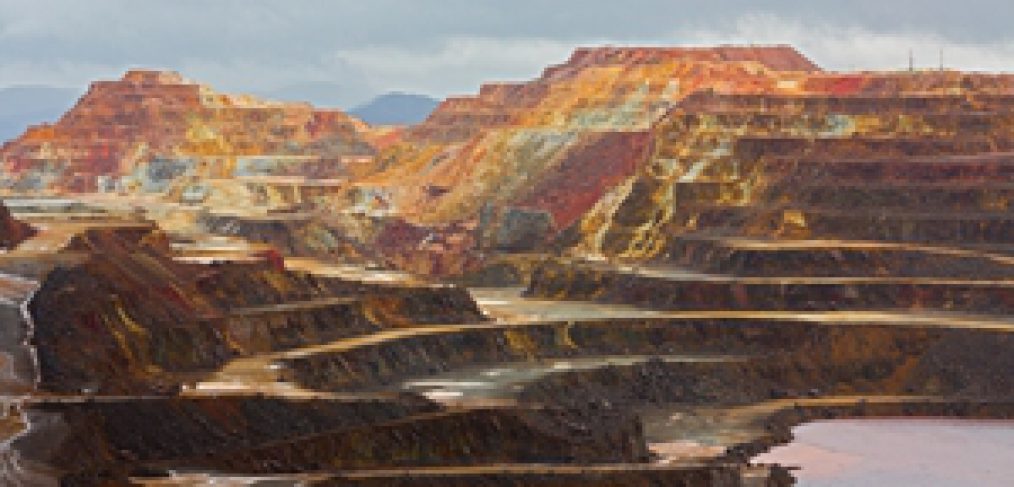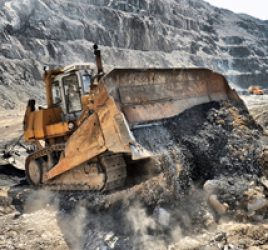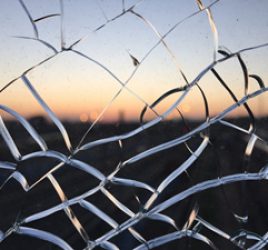
Is Australia on the verge of a new tech metals mining boom?
Australia may be on the verge of a new mining boom based on new “tech metals.” If we are to really succeed, however, a value-added component must be introduced before shipping the products overseas.
What exactly are tech metals?
These are metals used in the high tech components of modern technology. One of the most obvious examples is lithium, which is used in smartphones, laptops, digital cameras and tablets. Tech metals are often used to make the batteries that store the power that comes from renewable sources. This makes them particularly important as more impetus gets placed on finding cleaner fuels to power the world.
Australia is already a key provider of tech metals. Western Australia, for instance, is now making strong claims to be the world’s lithium capital. Although there is only one lithium mine at present, a recent investment of an estimated $500 million may mean that there could be as many as seven by 2018, according to ABC.
Rare earth metals are also becoming an important part of Australia’s mining output. These are found in the earth’s crust, and there are 17 on the periodic table. While they aren’t actually that sparse, the difficulty is an economic one in that they are rarely found in enough quantity to be economically viable for mining. Up until recently, they were exclusively exported by China, many deposits have now been found in Australia. Examples include neodymium and praseodymium, which is used to make magnets.
 Lithium is a key component in mobile phone batteries.
Lithium is a key component in mobile phone batteries.How can Australia compete with China?
George Bauk, Managing Director of Northern Minerals, told ABC that “we can compete with the Chinese if we look at the quality of the product that is here.”
“Their grades are a 10th of what we have. Our grades are about 6,600 parts per million. Their grades are about six parts per million.”
The key is to add value. Much of Australia’s current mining output, particularly iron ore and coal, is simply shipped to China as is, and is then often imported back into Australia once China has added value by manufacturing it into several different products.
Vincent Algar, Managing Director of Australian Vanadium Ltd, said to ABC that we need to learn from this lesson:
“I don’t think that anyone in the lithium space, or the vanadium space, or the cobalt space for that matter, should not do that given our experience in the last boom, where we shipped a lot of tonnes away overseas.”
Vanadium is another important tech metal. Though originally used for strengthening steel, its real value is as a component in redox batteries. “We’ve got this new developing industry with growing demand, and I think we should be able to make the redox flow batteries in Australia because we do have a lot of technology,” Algar said.
 We need to learn from the lesson of coal and iron ore and start adding value before exporting.
We need to learn from the lesson of coal and iron ore and start adding value before exporting.Australia the perfect place for adding value
Australia already has the regulations to add value, in terms of water usage restraints, environmental and pollution considerations, transport and disposal.
“There’s already a well-established regime and bureaucracy in place to regulate that, and we think it’s better to do that at the mine site where it all happens, rather than trying to do it offshore and making it somebody else’s problem,” said Gavin Lockyer, Managing Director of Arafura Resources, to ABC.
At Locker Group, we know how complex mining is, especially with this move to extracting rare earth and tech metals. That’s why our mining product developers are committed to staying on top of industry developments. Our experts understand that every mine is different, so talk to us today to find out more about our screening products, walkways and gratings.



